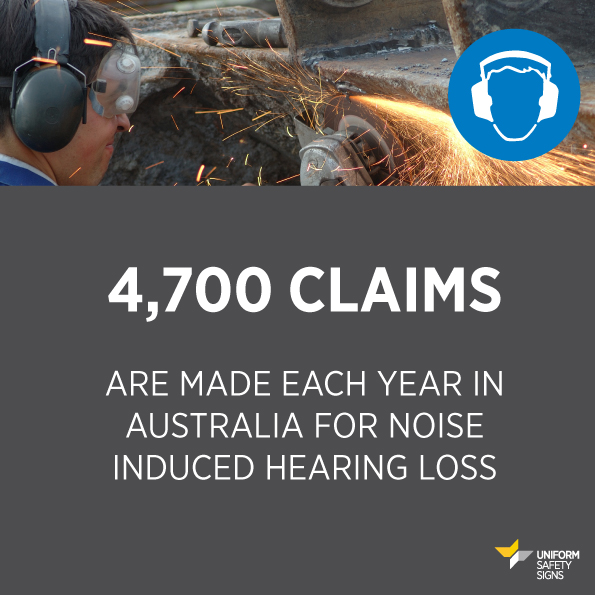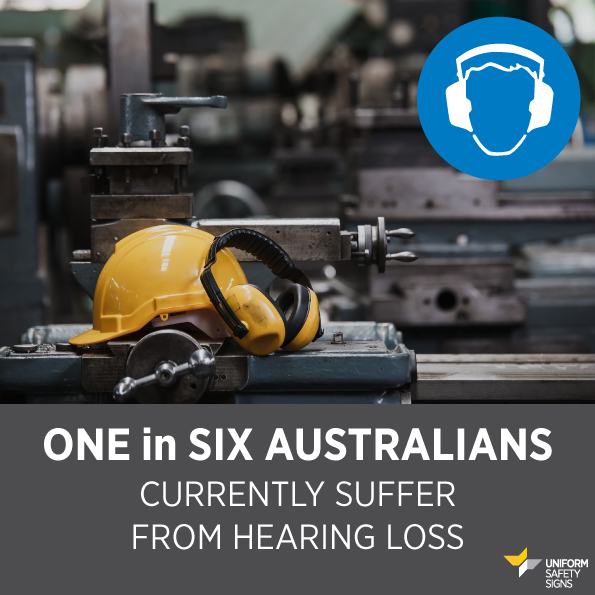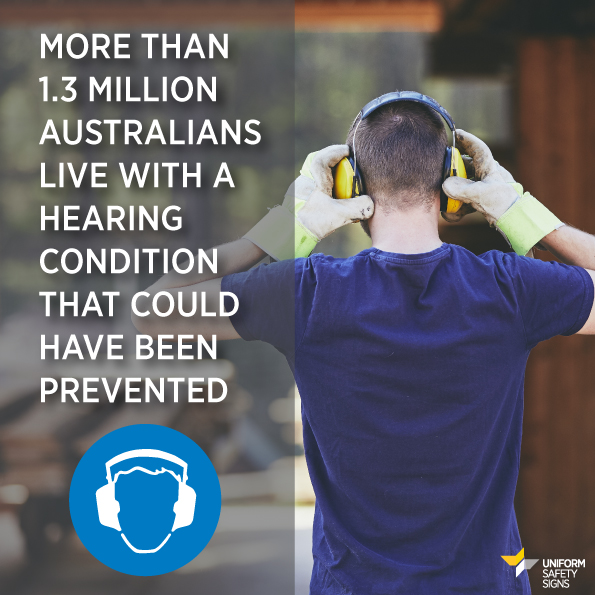FOCUS ON WORK RELATED HEARING LOSS
Most people’s ears are very sensitive to noise. When sound enters the outer ear, it vibrates the eardrum. These vibrations pass into the inner ear via tiny bones where, eventually, delicate nerve cells convert the vibrations into messages which are sent to the brain. Noise can affect these nerve cells, causing a temporary reduction in hearing. Most temporary hearing loss recovers within 24 hours under quiet conditions and may be accompanied by a ringing or buzzing in the ear, known as tinnitus.
If someone’s ears are exposed to loud noise repeatedly over a period of time, the nerve cells in the inner ear may eventually die and not respond to sound. This condition is called noise induced hearing loss and usually occurs gradually over many years. At first, people may not notice any change in their hearing. Over the years as more of these nerve cells become damaged and die, the effect on hearing becomes noticeable, however, by this time the damage is irreversible. Noise induced hearing loss reduces a person’s ability to hear high pitched sounds.
Employers also have a duty to provide employees with hearing protectors. If hearing protection is provided, employers must also ensure that appropriate signage, labelling of plant or other appropriate means are used to identify when and where the hearing protectors are to be worn are in the workplace.
Work-related noise-induced hearing loss is a preventable but irreversible condition that affects many Australian workers.
- Between 28–32% of the Australian workforce is likely to work in an environment where they are exposed to loud noise at work.
- Noise-related injuries are most common in the manufacturing and construction industries with technicians and trades workers, machinery operators, drivers and labourers most exposed. Too much noise at work can lead to temporary or permanent hearing loss or tinnitus—ringing in the ears. Hearing damage can occur from extended exposure to noise or exposure to very loud impact or explosive sounds.
- Long term exposure to loud noise is the most common preventable cause of hearing loss.
- Ideally, you should keep noise levels below:
- 50 decibels if your work requires high concentration or effortless conversation
- 70 decibels if your work is routine, fast-paced and demands attentiveness or if it is important to carry on conversations.
Hearing loss: a snapshot
- From 2001–02 to 2014–15 there were 65,300 accepted claims for deafness in Australia. This was an average of 4,700 per year.
- Over one-third (35%) of these claims were made by employees in the manufacturing industry while 18% came from construction.
- The primary mechanism that led to deafness was long-term exposure to sounds arising from working inside.
- In 2007–08 $41 million in workers’ compensation payments were made with an estimated total economic cost of around $240 million.
Download the December 2019 Edition 2 WORKSAFE COMPLIANCE CODE:
NOISE This compliance code provides practical guidance on how to comply with your obligations under Victoria’s occupational health and safety legislation to manage risks associated with workplace noise exposure.
Source: Worksafe Australia
DOWNLOAD SOCIAL MEDIA ASSETS FOR YOUR OWN USE HERE
4700 Claims: Noise Induced Hearing Loss |
Australians Currently Suffer From Hearing Loss |
Australians Live With A Hearing Condition |
|---|---|---|

|

|

|